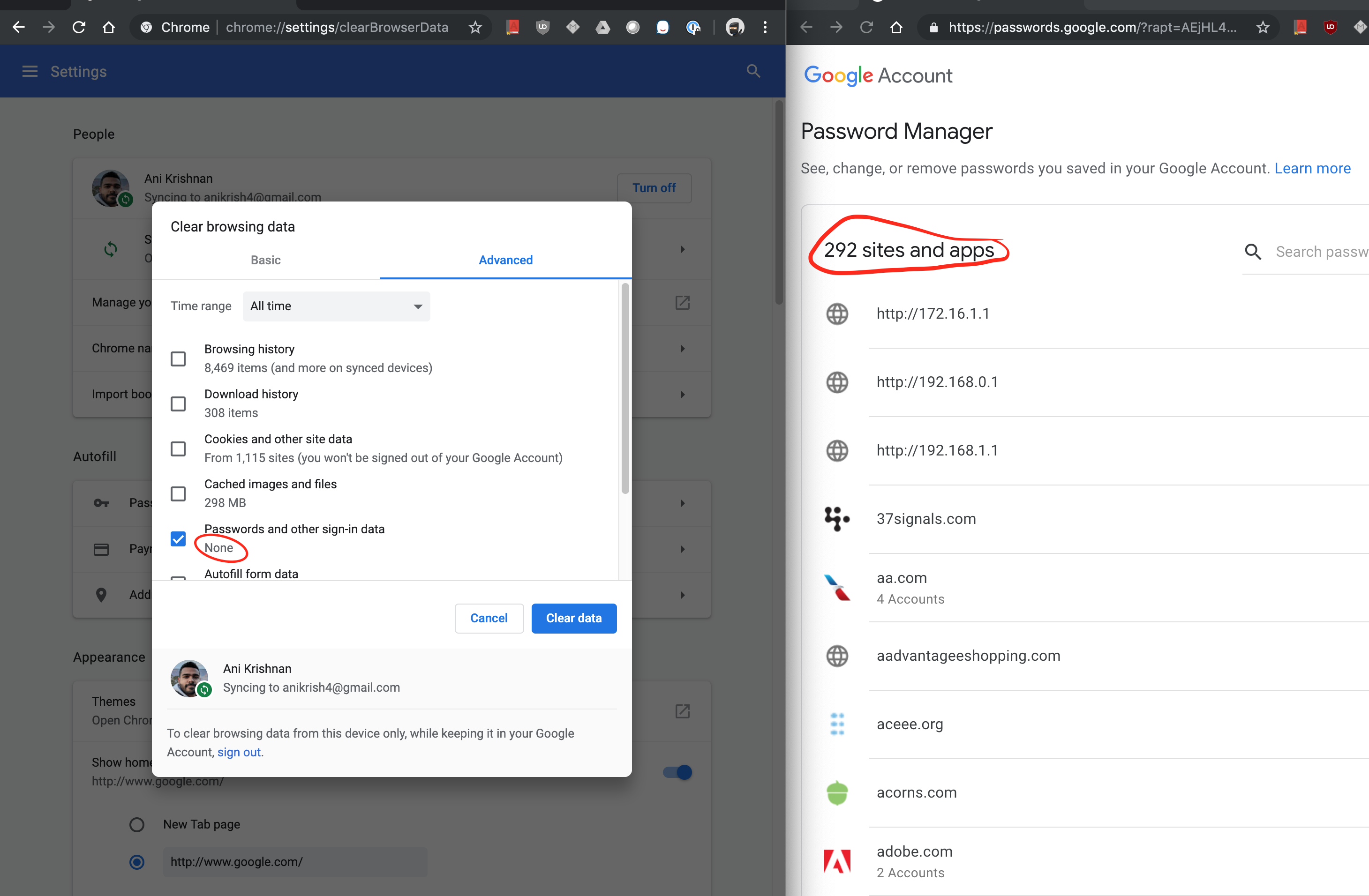
Log in to your account as usual using your saved credentials. If you want to generate strong passwords for existing accounts, right-click any password field to get a suggested password. Your credentials are then saved to the password manager.
#Google manage passwords how to#
Once your details are saved, all you have to do is visit the website you want to log in to and Google fills in the login details automatically.Īlso read: Chrome Settings 101: How to Customize Google Chrome How to Open Google Password Manager Whether you have a dozen or hundreds, you can store them all in the same password manager. There isn’t a limit on the number of credentials you can save. If you agree, Google saves your user name, email address (if applicable), and password. With Password Manager active, whenever you enter login information, Google asks if you want to save it. For example, passwords saved on your Android device in Chrome carry over to the Chrome browser on your desktop, while you’re signed in.


However, signing in and saving your login credentials allows you to sync them between devices. Technically, you don’t even need a Google account. You need only two things to use Google Password Manager – the Chrome browser and a Google account.


 0 kommentar(er)
0 kommentar(er)
